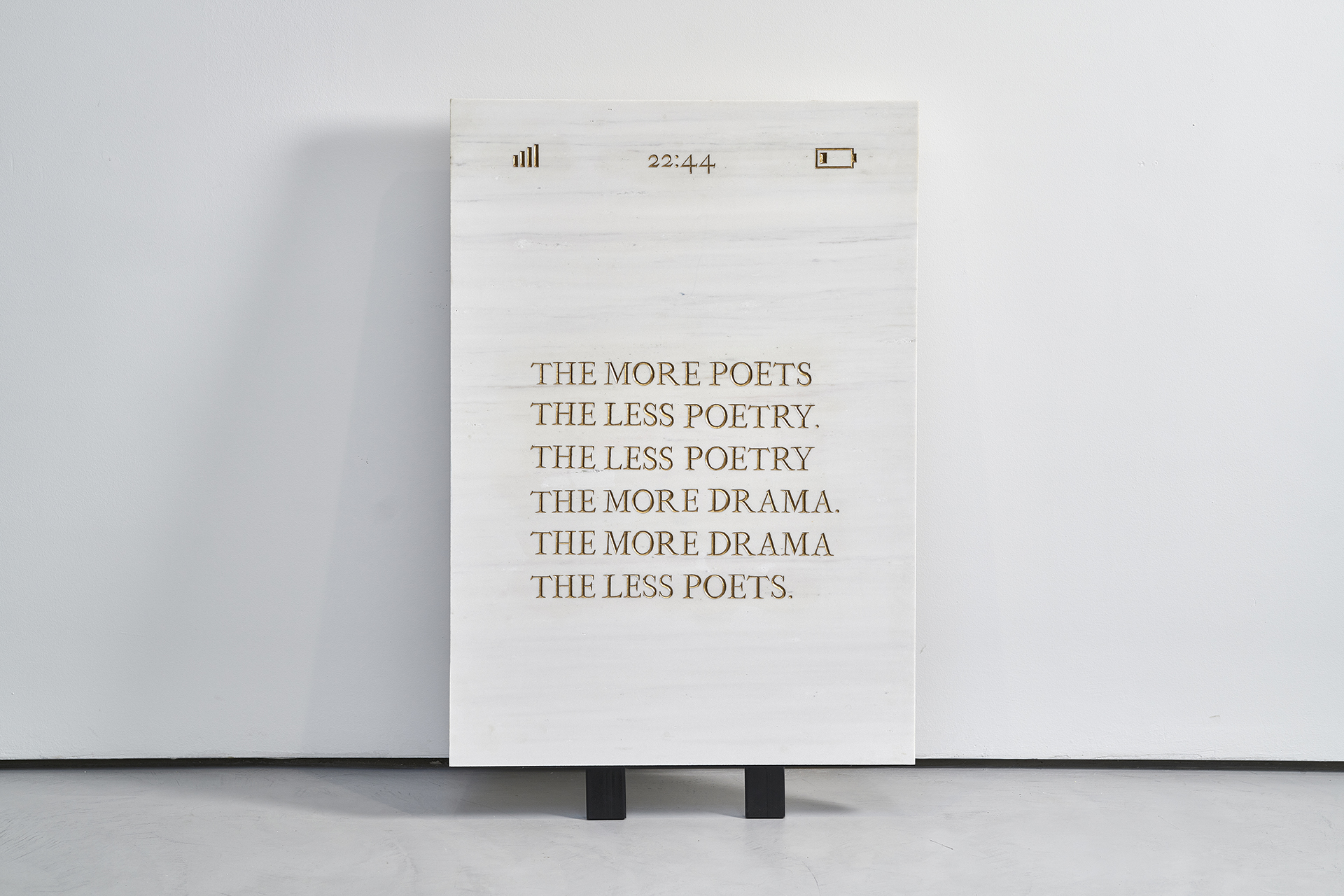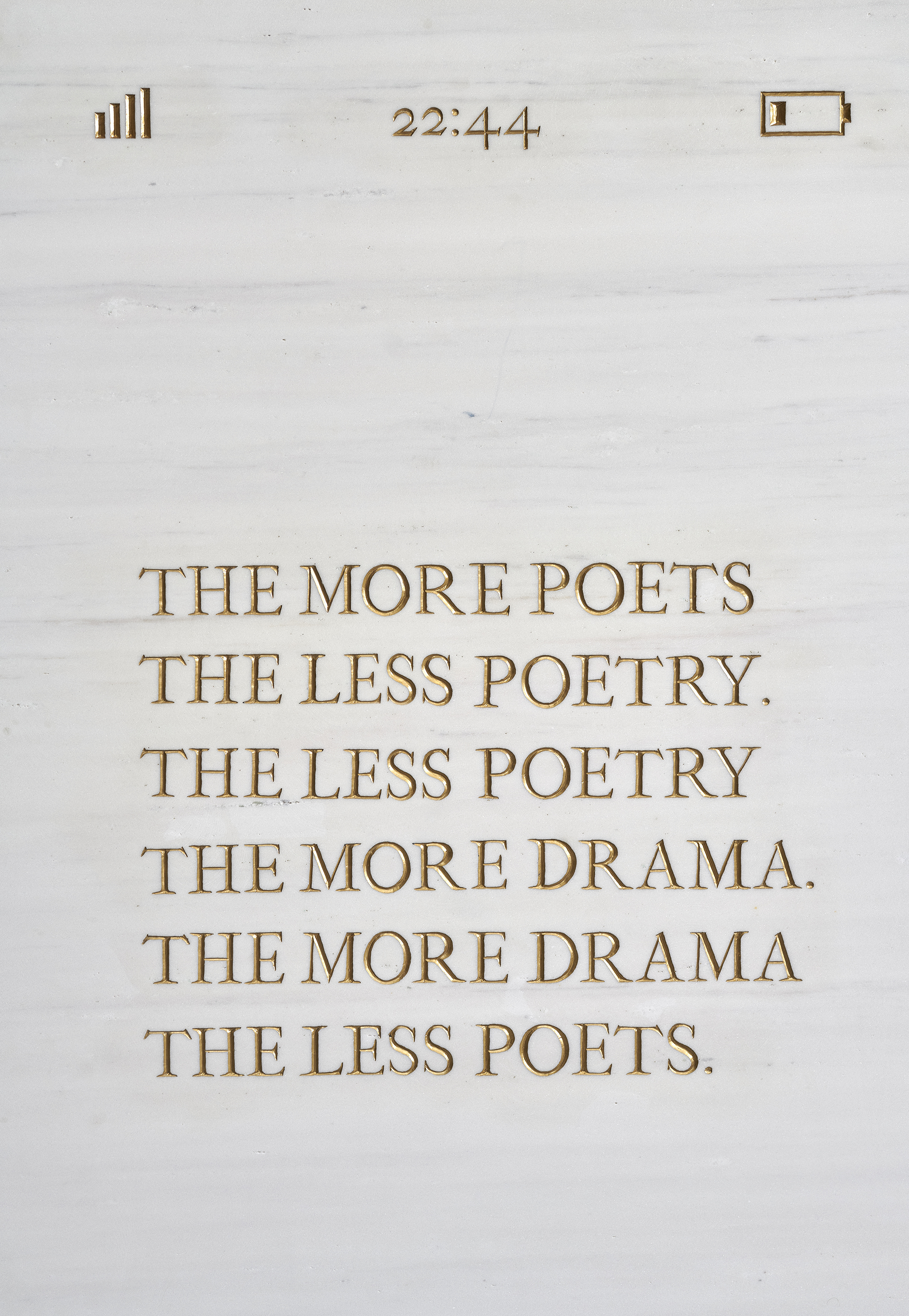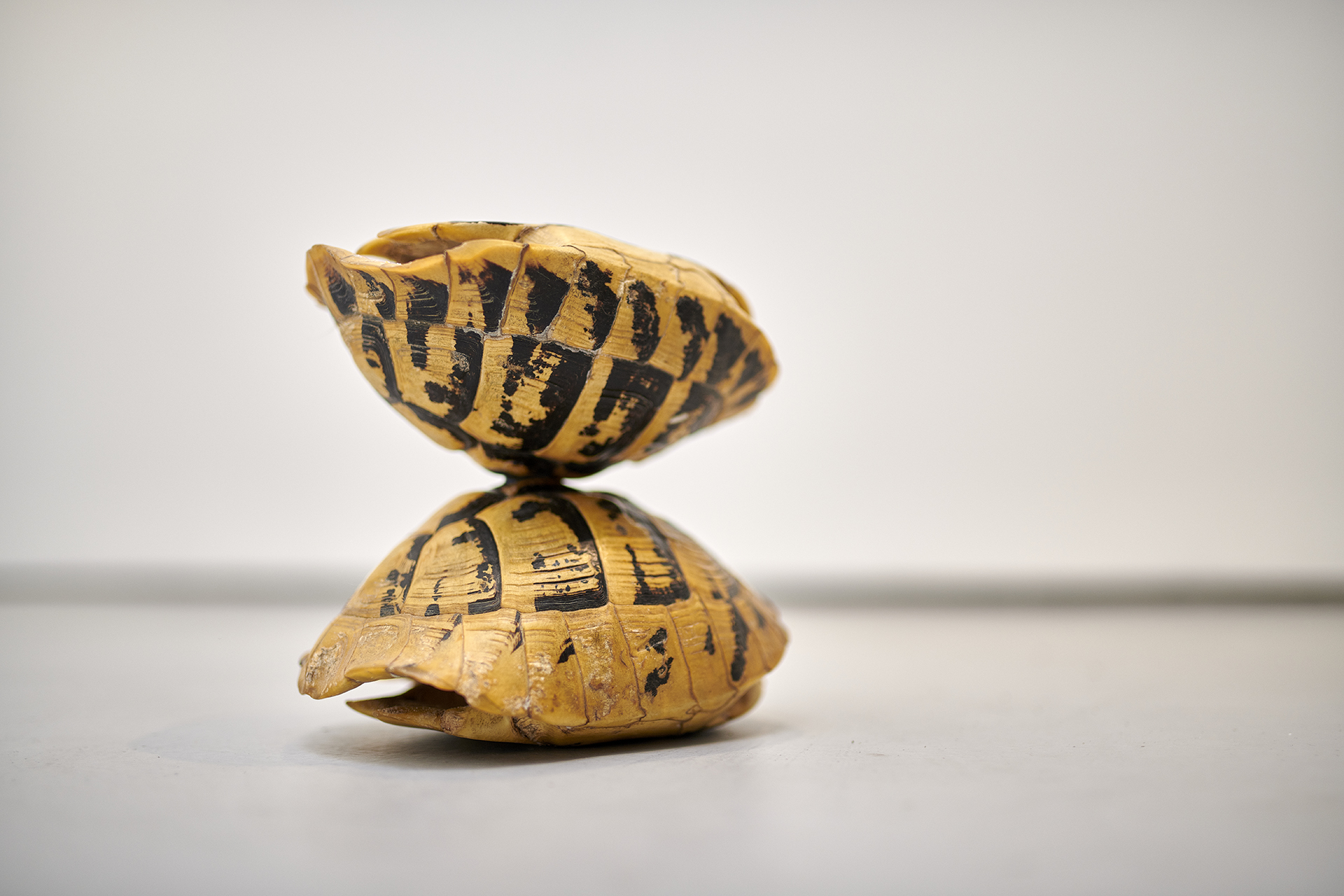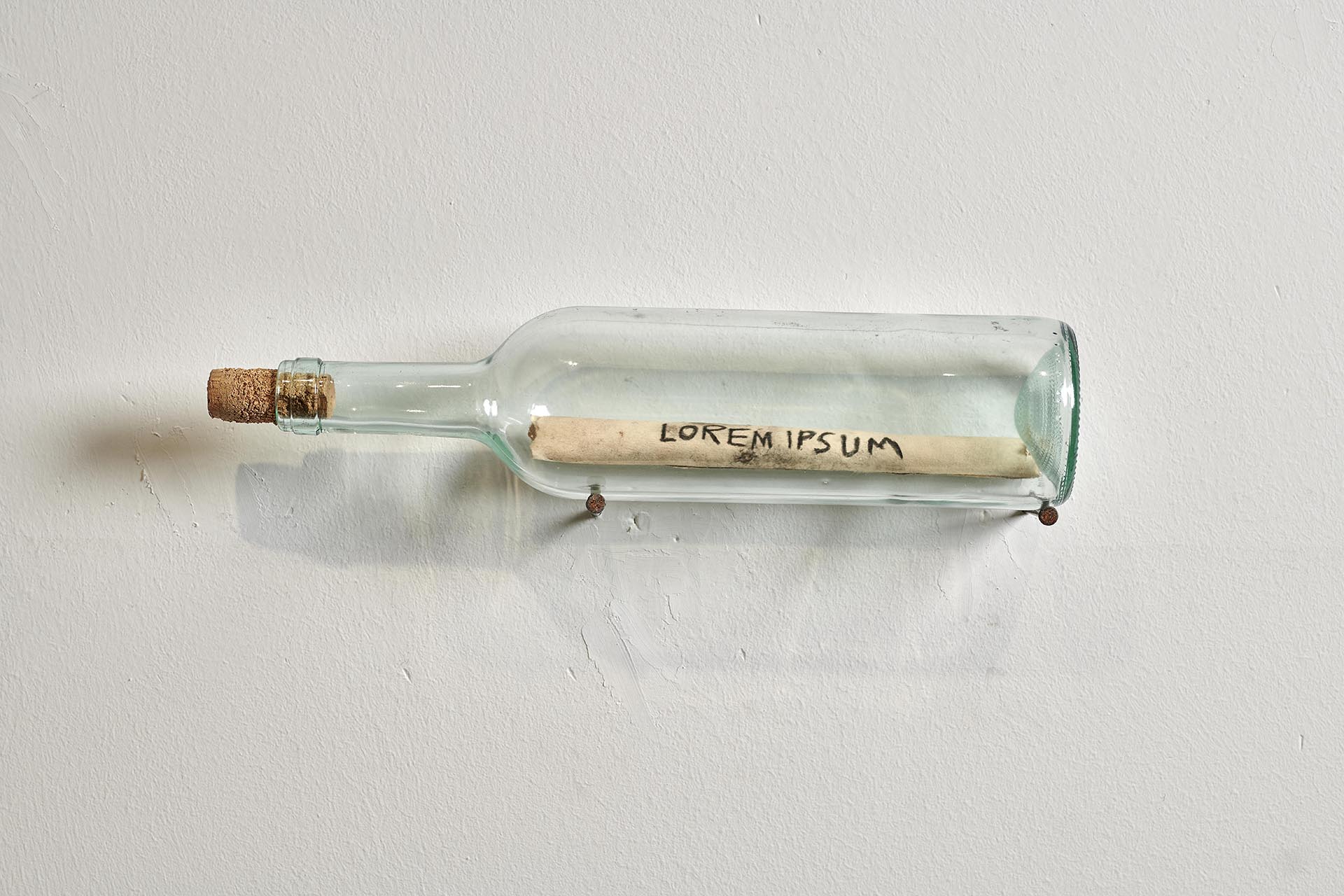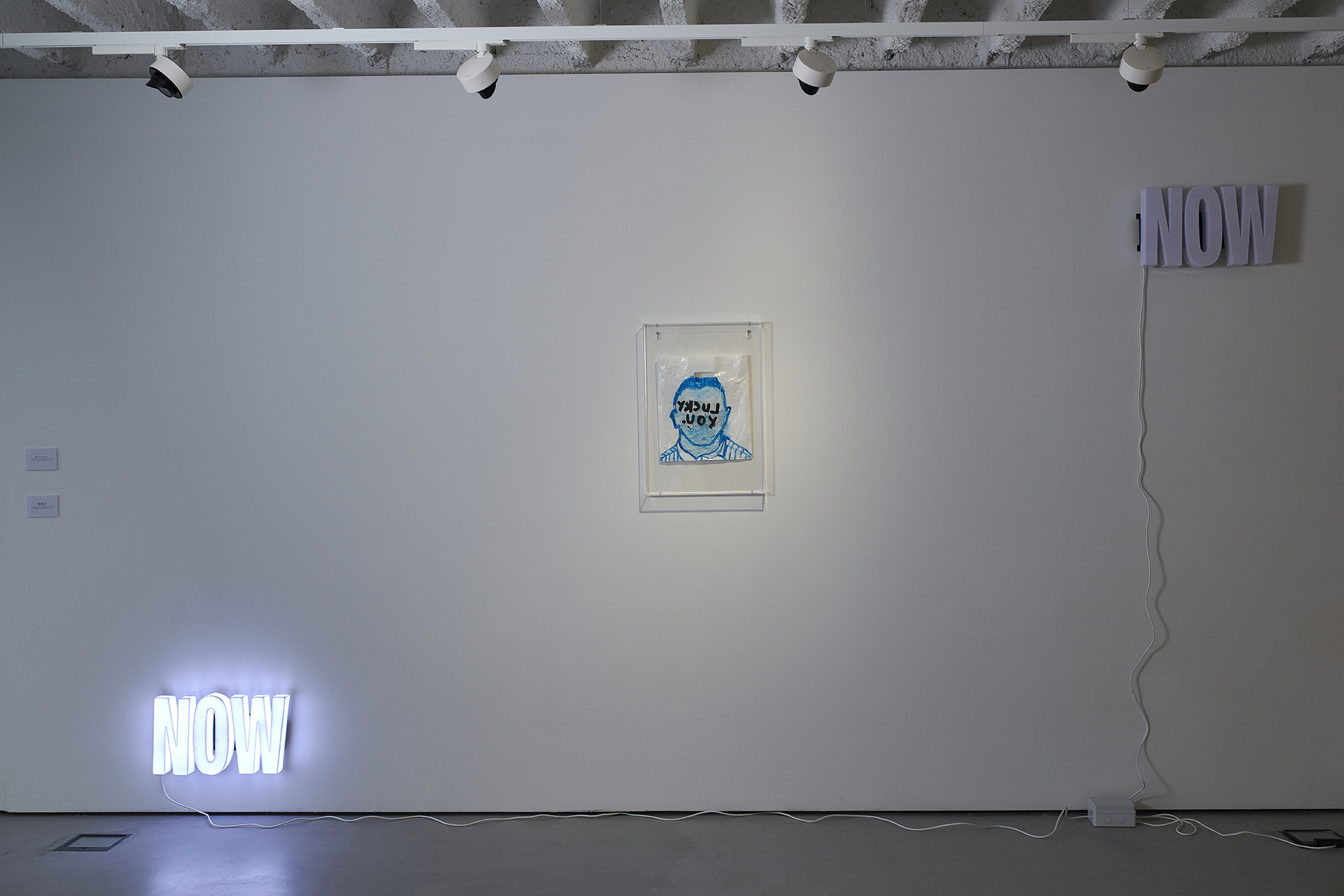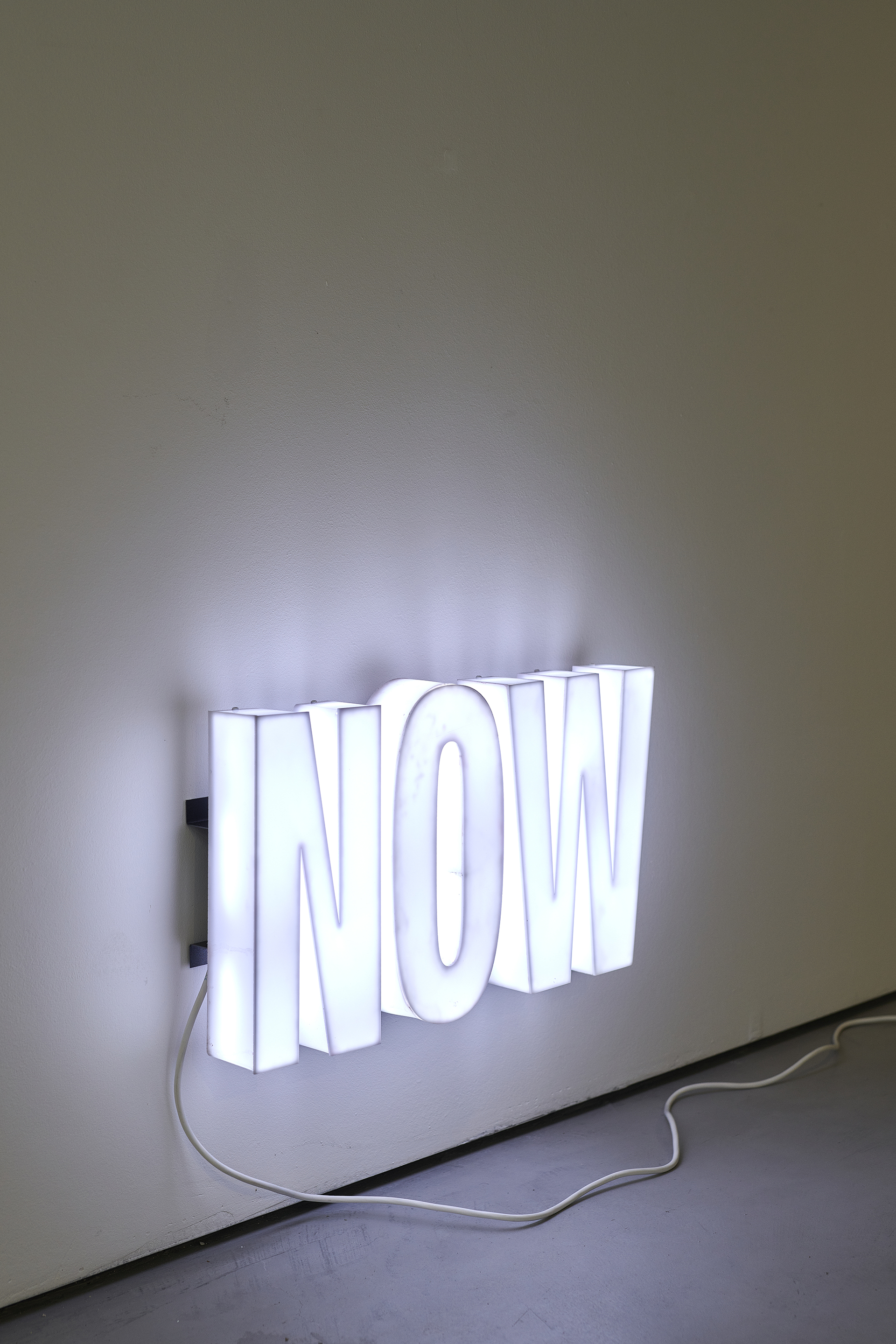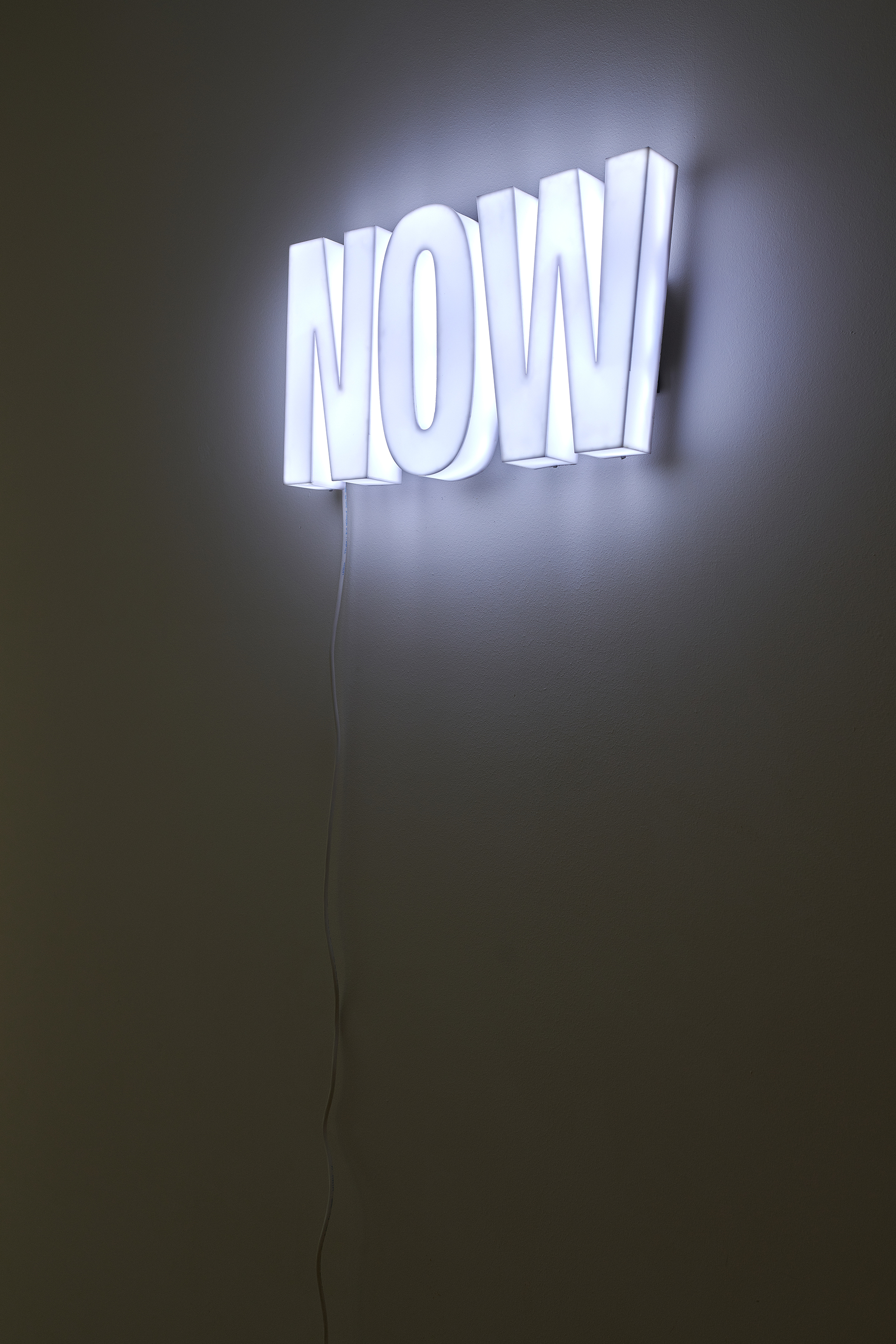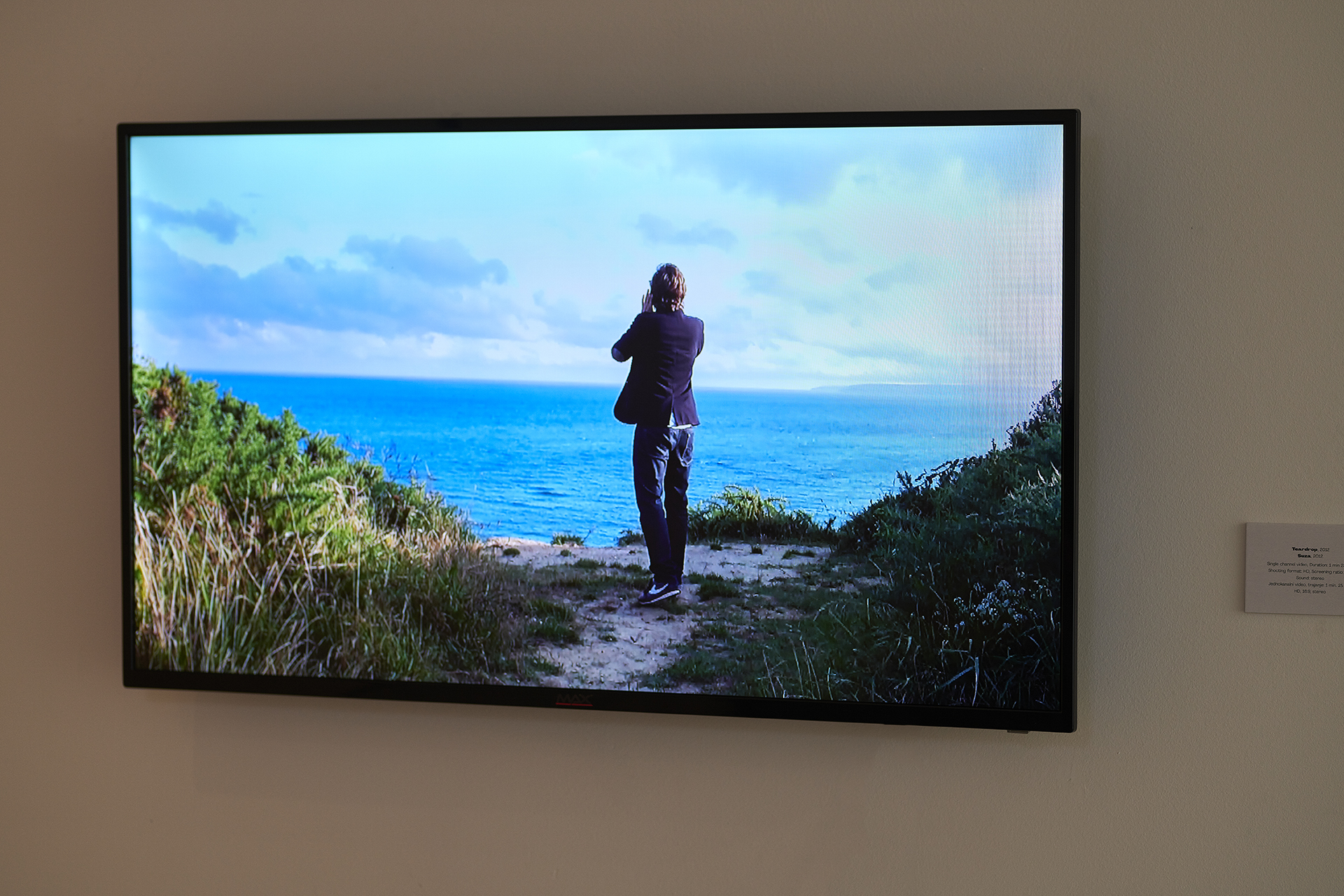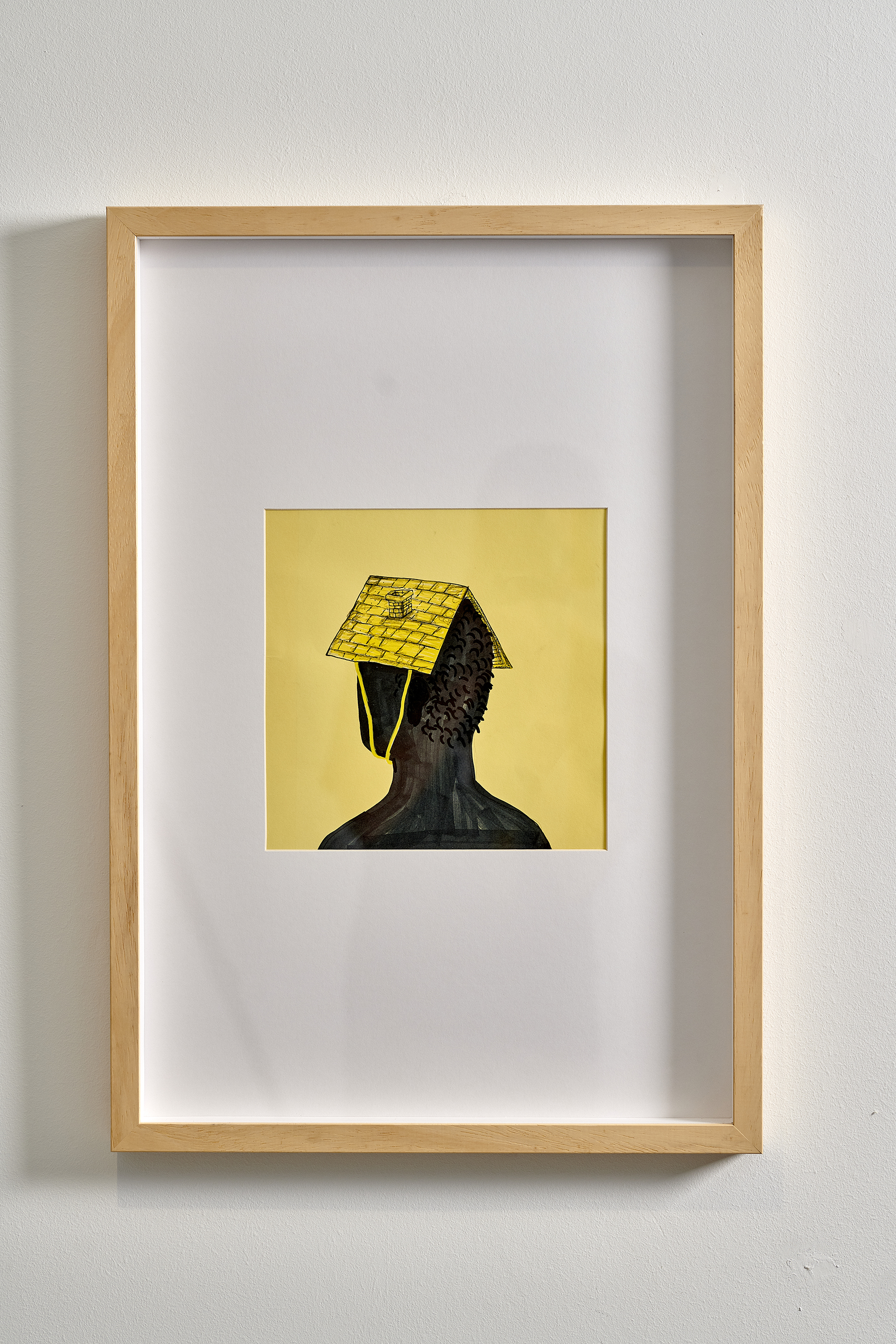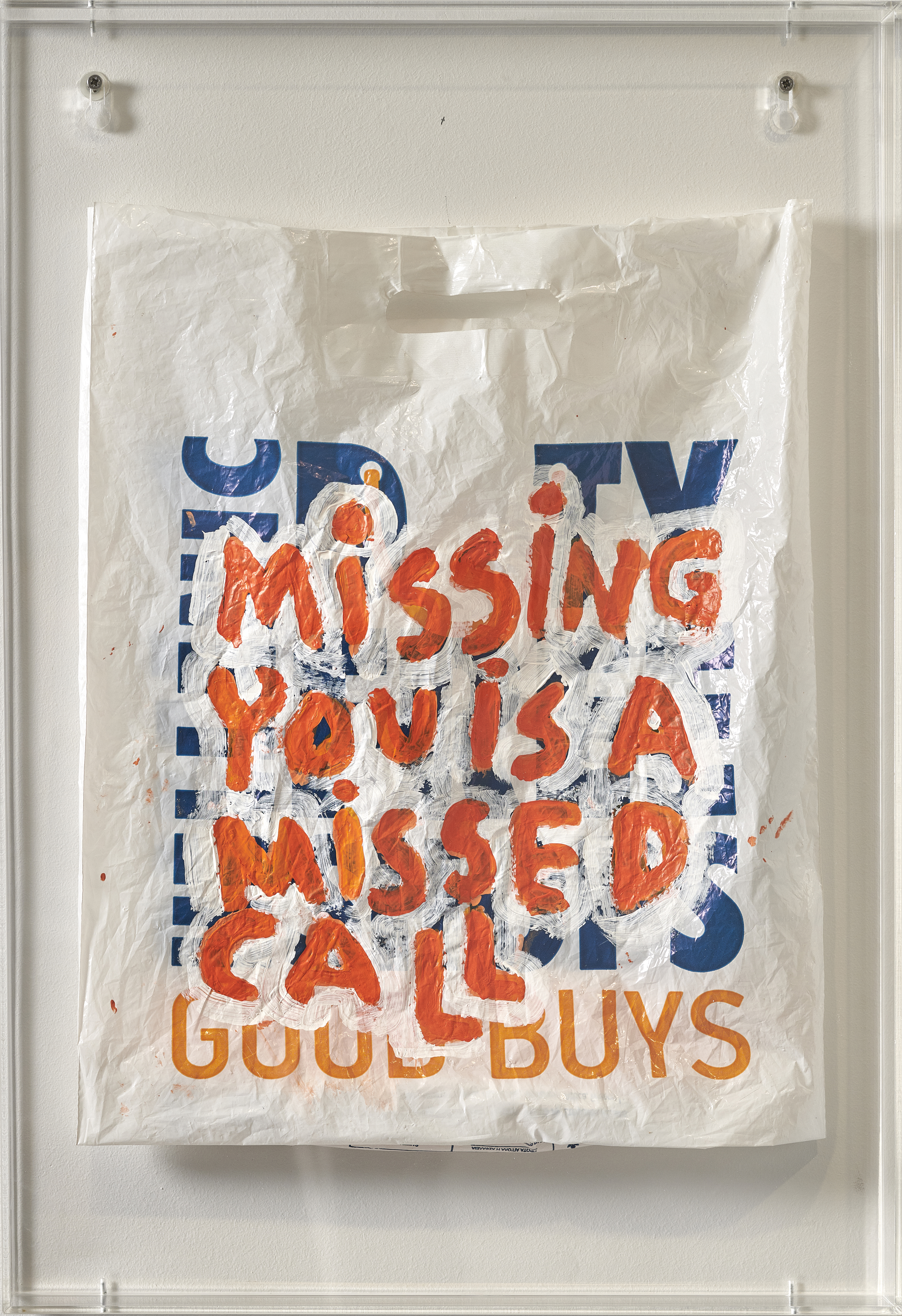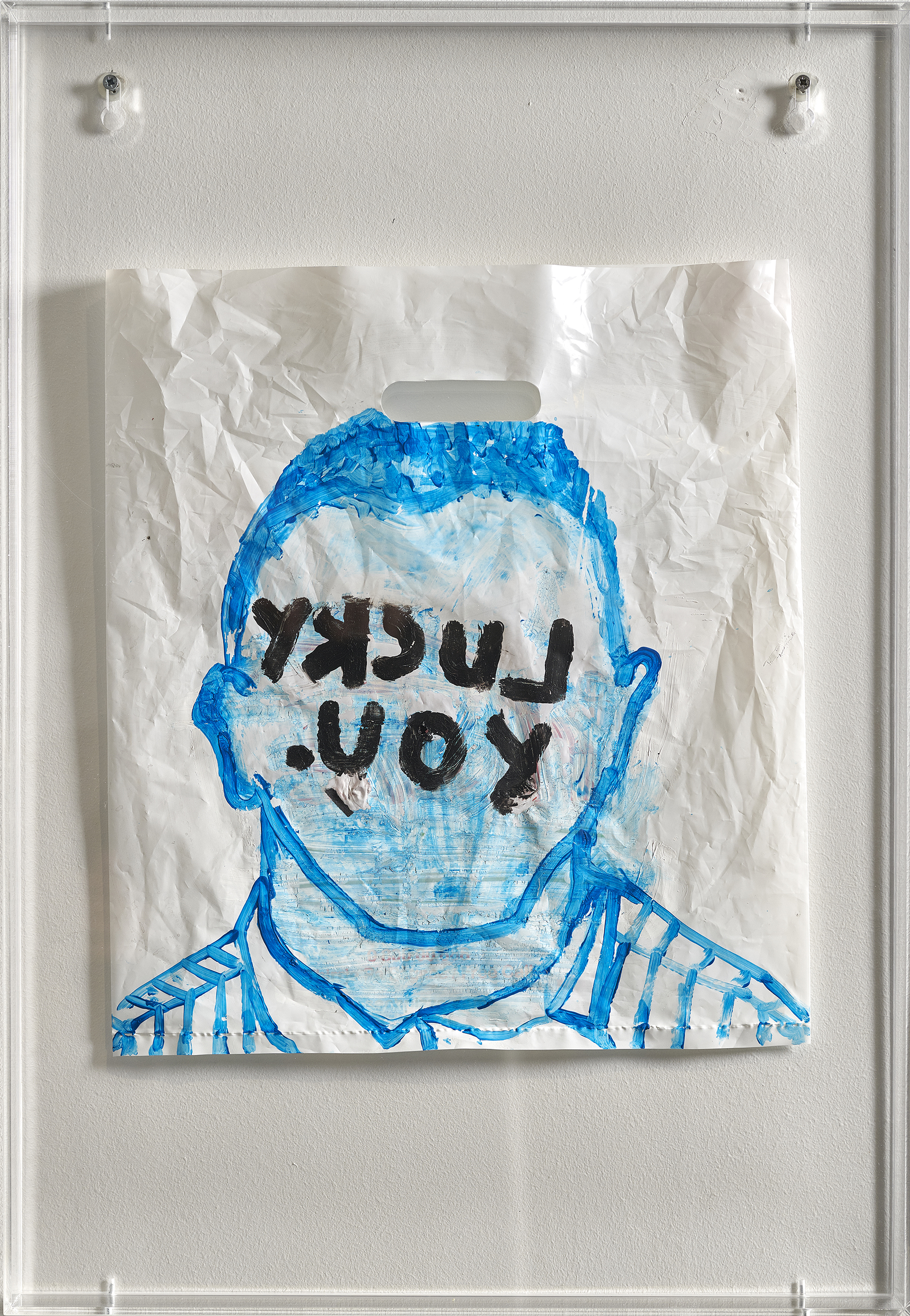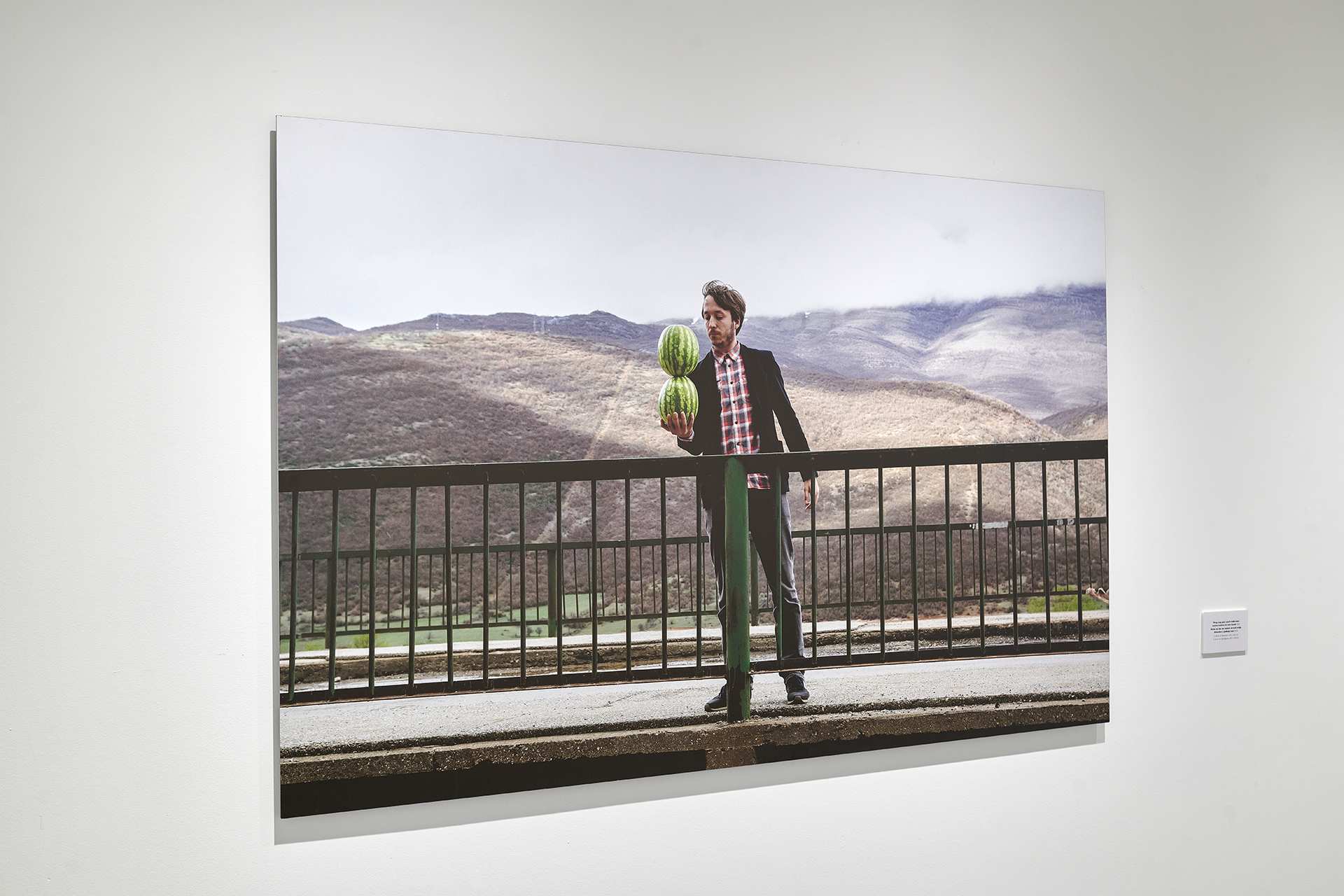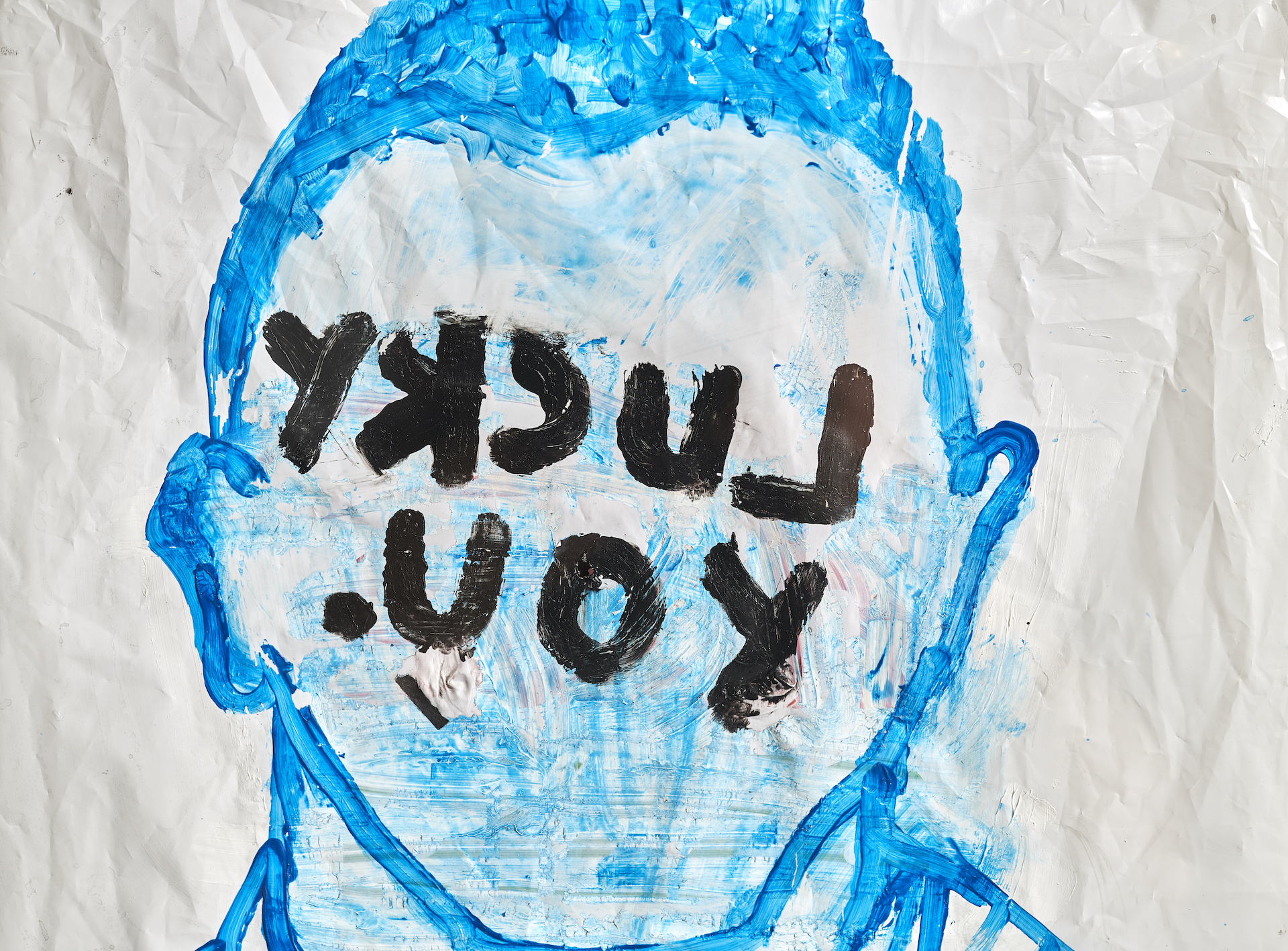Artist: Driton Selmani
Title: Screenshots Of Now
Venue: Galerija Art — Muzeji i galerije Podgorice
Curator: Ana Ivanovic
Photo: Duško Miljanić
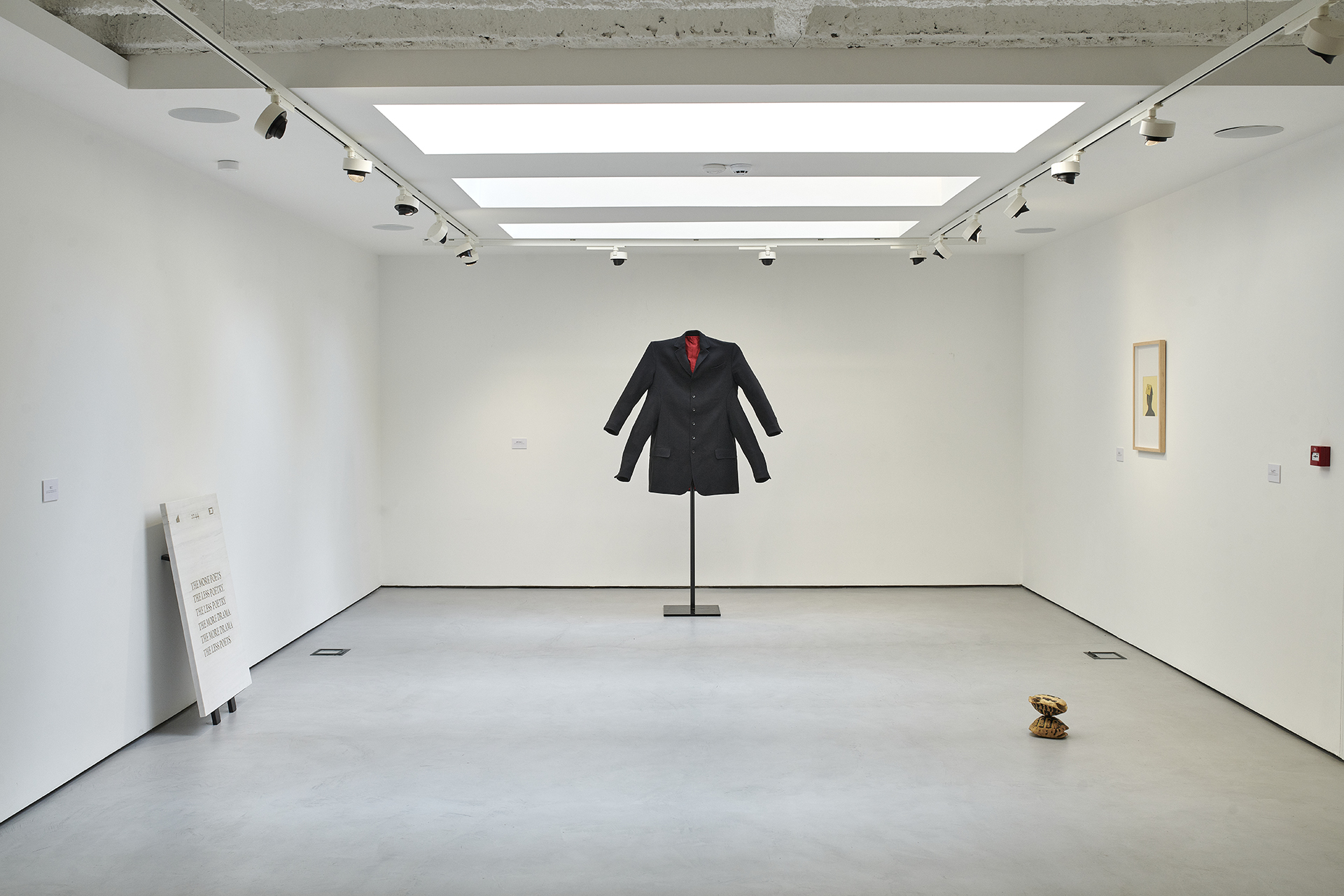
Sometimes, we exist offline
“Now”, it seems, is one of the words that fools us into believing
it represents something real.
The view that the word “now” is, to an extent, misleading, in the sense that we can never be certain whether it represents something real, whether it is a current matter, or an indefinable time range that can only be explained on a metaphorical level, is founded in part in the elusive character of the very term present, which thwarts any attempt to define it precisely. However, even if we put aside the need to define it with precision, the question remains of how we comprehend it, how it manifests itself in our everyday experience, before it becomes the subject of theoretical consideration and criticism. And finally, how we feel and experience it on a personal level, considering that we are its integral component. It is a question that preoccupies contemporary artists, and a question with which they are struggling because they aspire towards understanding it, and even finding a method of presenting it. Without going into a deeper analysis of temporality and all the different aspects of understanding time as such, we will focus on understanding the present as a contemporary period in which we live, questioning how art addresses the radical differences in the perceptions of the same world, while providing the possibility of understanding certain formations that are featured in it.
Driton Selmani’s exhibition Screenshots of Now questions the very notion of the present, i.e. those aspects of the present that render contemporaneity highly complex. Starting from personal experience, and using various types of media (video, drawing, photography, text, installation), the artist creates a type of a record, a note on his own position within the provided framework of the contemporaneity. The said framework of our contemporaneity, production-oriented, in which we abide as workers and / or as consumers, is determined by the conditions of unequal redistribution of power, ultimately driven by global capitalism. In that sense, the position of the artist, through criticism and scepticism imposed by such contemporaneity, becomes crystalised as a potential deviation from the above. The notion of a screenshot, or a kind of digital documentation of content on the screen, was used in this context as a metaphor for the urge to quickly record a moment in a society that is in constant motion, burdened with presentism and doing everything “now and immediately”. Consequently, an interesting image of seemingly opposing concepts is produced, which are, in reality, two sides of the same artistic coin. The first side contains fragments of the “artist’s present”, parts of enduring artistic activity (it is a life vocation, offline), starting from the most intimate, personal space and experience as a starting point, while the other side makes it all available to the public (online) – the very same pubic that has the opportunity to feel and try to understand a certain moment in (their own) present. The moment of now and immediately, characteristic of social networks and the online life, especially among the younger generations, largely restricts the space for a critical reflection on the present, as a consequence of some other “now”, while we are at the centre of successive change of cause and effect. Driton’s Dial L for Luck, featuring a drawing of a man on a plastic bag, carrying a lucky you inscription in mirror-writing, combined with the piece Now, Now, which consists of luminous letters made of Plexiglas, flashing on and off intermittently, challenges the individual to take an attitude towards viewing one’s time as a link between potential and action, and not (only) as an abstract fact in which one resides. Whether one remains a happy individual assimilated with the present as a consequence, or one decides to assume a sort of active attitude towards the present, is a question for serious scrutiny, given that every (in)action leaves some consequences – all of which is indirectly conveyed by the artist’s verses (the piece Howl): The more poets, the less poetry. The less poetry, the more drama. The more drama, the less poets. However, action only makes sense if it has an epilogue, and one that results in a different attitude towards the norms and conventions imposed by the “majority”, or simply, towards the lifestyle of contemporaneity. And yet, we experience the fact that such an approach is often doomed to dry repetitiveness without much success on an everyday basis, which is most visible in the previously mentioned production- and consumer-oriented environment of global capitalism, especially with a collapsing (and, it is fair to say, non-existent) faith in any future. On the one hand, we find ourselves in a situation where we think that we literally need two pairs of hands (Hopes & Fears) to respond to the demands of capitalist multitasking on a daily basis, often as educational or labour migrants, seeking to secure a “brighter future” or at least to reach different horizons than those provided to us by birth. On the other hand, it seems that such efforts do not produce any visible effect. That kind of insecurity, hope, sensitivity, or – in sum – precariousness, is featured in several of Driton’s works – They say you can’t hold two watermelons in one hand, Teardrop, Homesick, Lorem Ipsum. In the video work Teardrop, the artist, standing on a cliff gazing at the sea horizon of some “foreign soil” during his schooling, yells the following two words: Mama and MOMA. Two opposing aspects – mama, as an intimate symbol of security and refuge, and MOMA as a paradigmatic example of a longing to belong to an established system of art – permeate each other and disappear in the vast breadth of the natural environment, enhancing the impression of futility.
Driton’s approach is based on an instinctive reaction to his environment, with the trigger being a personal experience and his work a form of processing of that experience. His delivery is poetic and engaging, employing words and language with humour and subtle irony, which characterises the cycle of works Love Letters (Missed Call), comprised of interventions on plastic consumer bags in the form of notes of various thoughts, quotes, messages, drawings, inspired by shopping lists that he received daily from his wife. Therefore, a common (but not harmless) object such as a plastic bag, raised in a distinctive way to the level of a work of art, becomes a medium for increasing the visibility of a message through recontextualisation. The ambiguity that occurs as a result further reinforces the uncertainty in distinguishing the boundaries of the illusion of our reality, which seems to have to be fictionalised in order to be thought.
An algorithmically determined online life crates an additional level of illusion, which further produces a mirage of objectivity, with profit-making being the sole objective, while offline communication is increasingly reduced to silence. The resulting silence is determined by a lethargic attitude towards the moment in which we live and a poor understanding of the functional consequences of such an approach. On the other hand, the relationship that is primarily assumed on an individual, personal level, between two individuals, is very fragile (as discussed in the piece Binum Silentium (Double Silence)) and is often reduced to establishing a balance between support and weight of such a relationship. At the collective level, nowadays, this relationship is measured by the degree of precariousness in a divided world of enormous inequalities, in which everything happens on the fly, quickly, instantaneously, as long as it is profitable or visible.
In the ambience of contemporaneity, art has a fluid character, and thus manages to be an integral part of every activity and to question every further step that occurs in any space, be it virtual or real. In that sense, it indisputably introduces communication into the public discourse. The only remaining question is whether it introduces communication on an ephemeral level, or if it aspires towards making a difference with deep awareness that its actions in a given context do not only affect its own further course, but also construct what arises from such communication.

